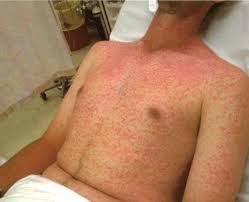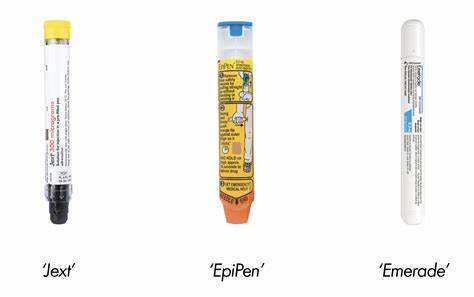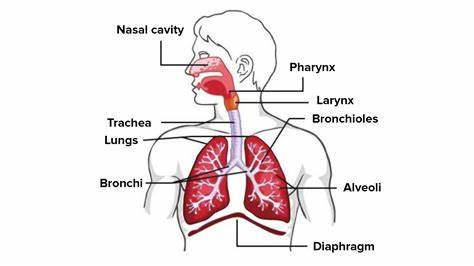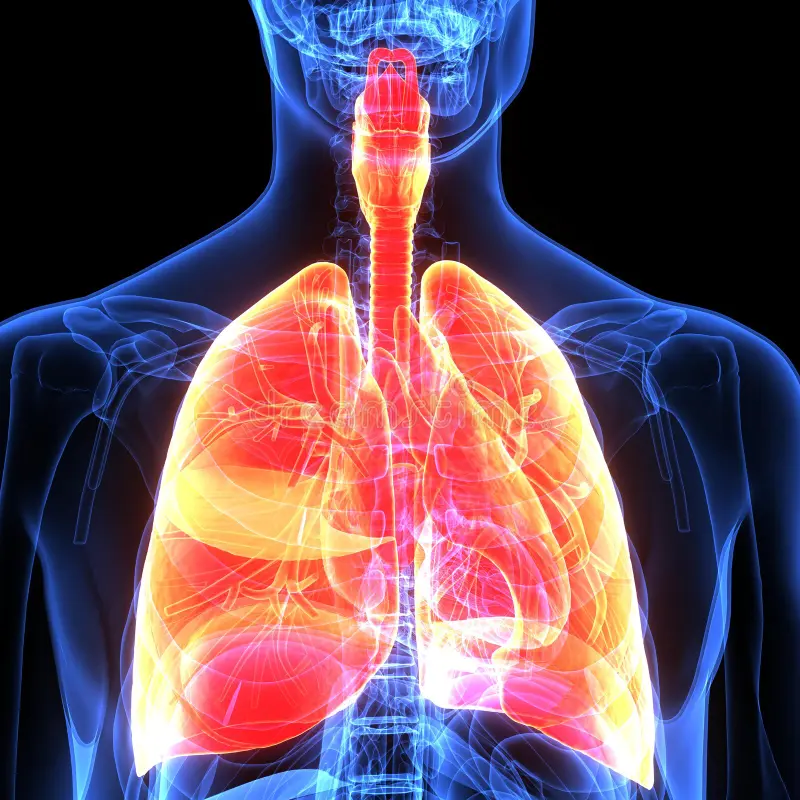Anaphylaxis
is a severe, life-threatening allergic reaction that happens very quickly after exposure to an allergen, such as certain foods, medications, or insect stings. It can cause difficulty breathing, swelling of the throat and tongue, dizziness, and a sudden drop in blood pressure. If untreated, it can lead to shock, unconsciousness, or even death.


Common Triggers
Idiopathic Anaphylaxis – In some cases, no clear trigger is identified.
Foods – Nuts, milk, fish, shellfish, eggs, and some fruits.
Medications – Certain antibiotics, aspirin, and non-steroidal anti-inflammatory drugs (NSAIDs).
Insect Stings – Wasp and bee stings are frequent culprits.
Latex – Found in gloves, balloons, and some medical equipment.
Contrast Agents – Used in medical imaging scans.
General Anaesthetics – Some people react to substances used during surgery.

Signs & Symptoms
Stomach pain, vomiting, or a tingling sensation in the mouth.
Airway symptoms: Swelling in the throat, tongue, or upper airways, leading to difficulty swallowing or a hoarse voice.
Breathing difficulties: Sudden wheezing, coughing, noisy breathing, or feeling like you’re choking.
Circulatory issues: Dizziness, fainting, confusion, pale clammy skin, or loss of consciousness due to a dramatic drop in blood pressure.
Skin reactions: Raised, itchy rash (hives), redness, or swelling of the lips, face, or eyes.
Treatment
If you suspect anaphylaxis:
Avoid standing or walking, even if symptoms improve.
Use an adrenaline auto-injector (such as an EpiPen) if available.
Call 999 immediately and state that it’s an anaphylactic reaction.
Lie down and raise your legs unless you’re struggling to breathe.

IMPORTANT
Adrenaline auto-injectors (AAIS) are life-saving devices used to treat anaphylaxis, a severe allergic reaction that can be fatal if not treated immediately. In the UK, common brands include EpiPen, Jext, and Emerade.
The Medicines and Healthcare products Regulatory Agency (MHRA) has issued updated guidance on their safe use. Key recommendations include:
- Check expiry dates regularly and replace expired devices.
- Always carry two AAIs in case a second dose is needed.
- Use immediately if anaphylaxis is suspected—signs include throat swelling, breathing difficulty, dizziness, and confusion.
- Call emergency services (999) immediately after using an AAI.
- Lie down flat and raise your legs to assist blood flow.
The use and management of AAI is best taught in a classroom.
The Respirtory System

The respiratory system is your body’s built-in air pump, and its main function is to ensure oxygen reaches your cells while removing carbon dioxide. Here’s how it works:
- Breathing (Ventilation): Your lungs expand and contract, pulling oxygen in and pushing carbon dioxide out.
- Gas Exchange: Oxygen from the air you breathe moves into your bloodstream, while carbon dioxide, a waste product, is expelled when you exhale.
- Oxygen Delivery: The oxygen-rich blood is transported throughout your body to fuel essential functions.
- Carbon Dioxide Removal: Your body gets rid of carbon dioxide, preventing toxic buildup.
- Speech & Smell: Air passing through your vocal cords allows you to speak, and the nasal cavity helps detect smells.

What’s in the air we breathe?
The air we breathe in:
- Oxygen 20%
- Carbon Dioxide Trace
- Nitrogen 79%
- Other gases 1%
The air we breathe out:
- Oxygen 16%
- Carbon Dioxide 4%
- Nitrogen 79%
- Other Gases 1%
‘Normal’ Respiratory Rates
Adult 12-20 Breaths/minute
Child 20-40 Breaths/minute
Baby 30-60 Breaths/minute
